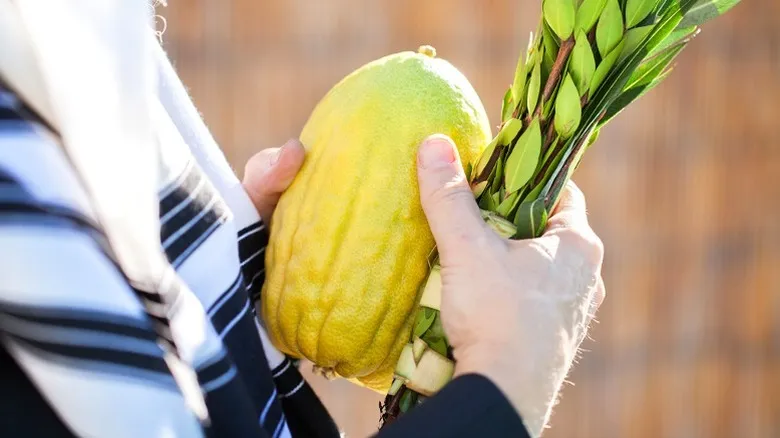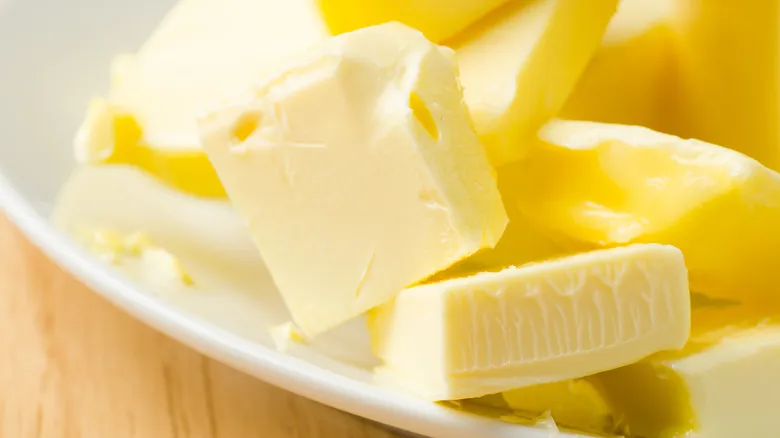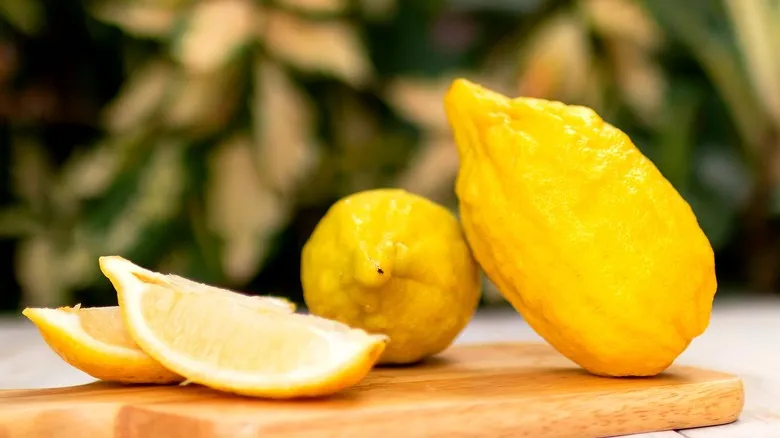Etrogs are a ceremonial fruit in Jewish tradition

Sukkot is a Jewish festival of thanksgiving and harvest that commemorates the exodus from Egypt—a time when the Israelites fled and journeyed through the desert in search of a better life. The desert was a challenging environment with limited food sources, forcing these ancient Jews to construct temporary dwellings for survival. To pay tribute to these hardships, contemporary Jewish communities continue the tradition of camping in makeshift shelters.
The etrog, along with a palm branch, myrtle, and willow, is one of the four species used during this holiday. These plants are incorporated into the temporary shelters and waved in a prayer ritual to honor the Creator of the Jewish people. Due to the sacred nature of Sukkot, the plants used in the ceremonies must be flawless. Rabbi Dan Ornstein, in an article for Exploring Judaism, notes that the etrog should be cultivated and harvested in perfect condition, reflecting the idea that one would not present a damaged gift to a loved one.
Fortunately, the etrogs do not have to go to waste after the Sukkot rituals, as stated by the American Jewish Historical Society. You are encouraged to cook them in various ways, and there are recipes available that align with kosher dietary laws. So, enjoy your etrogs and have a joyous Sukkot!
Recommended

The Simple Addition That Takes Homemade Brownies Up A Notch

Mistakes You Should Avoid Making When Baking Bread

9 Tips For Using An Oven Thermometer The Right Way

When Softening Butter, Patience Is Key
Next up

